Ancient Indian logic by itself is a very vast subject. The ancient Sanskrit term nyaya which was first used in a different or in a much more general sense, was later specifically applied to the Nyaya school. The physics and physiology and psychology of the Nyaya doctrine are not specifically its own, being from the first indistinguishable from those of its sister Sastra, the Vaisesika. What characterizes it specifically is the development of the nyaya or five-membered method of demonstration and its insistence on the four sources of knowledge, corresponding to the first four members of its demonstrative formula, or ‘Syllogism.’ The importance of Nyaya is in its doctrine of the pramanas, or sources of proof, and in its formulation of the nyaya, or method of demonstration. Indian Logic in its Early Schools by H.N. Randle is an interpretation of Indian logical theory in its historical development based on the study of original texts wherever reference to Nyaya as a method of logic has been made, and thus, covers a very wide field of Indian philosophy. An indispensable work for students of Indian philosophy, it is especially important for those who are interested in Nyayadarsana in its relation to the early logic of other schools.
Fragments From Dinnaga
$4.75
$5.00

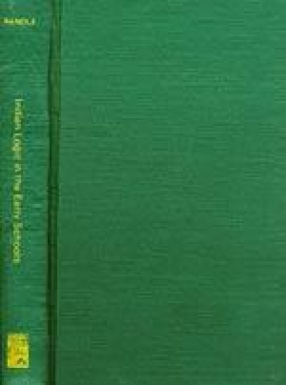
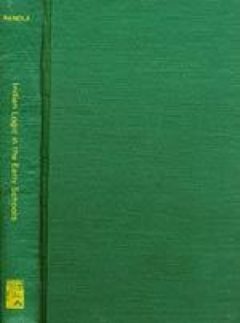
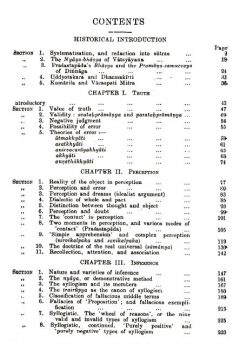


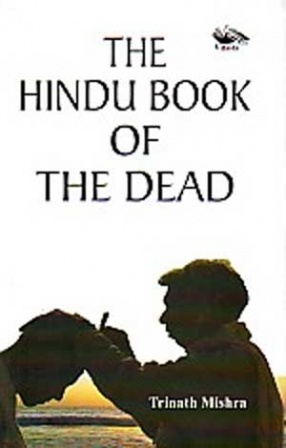
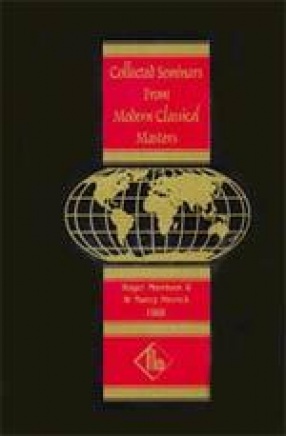

There are no reviews yet.